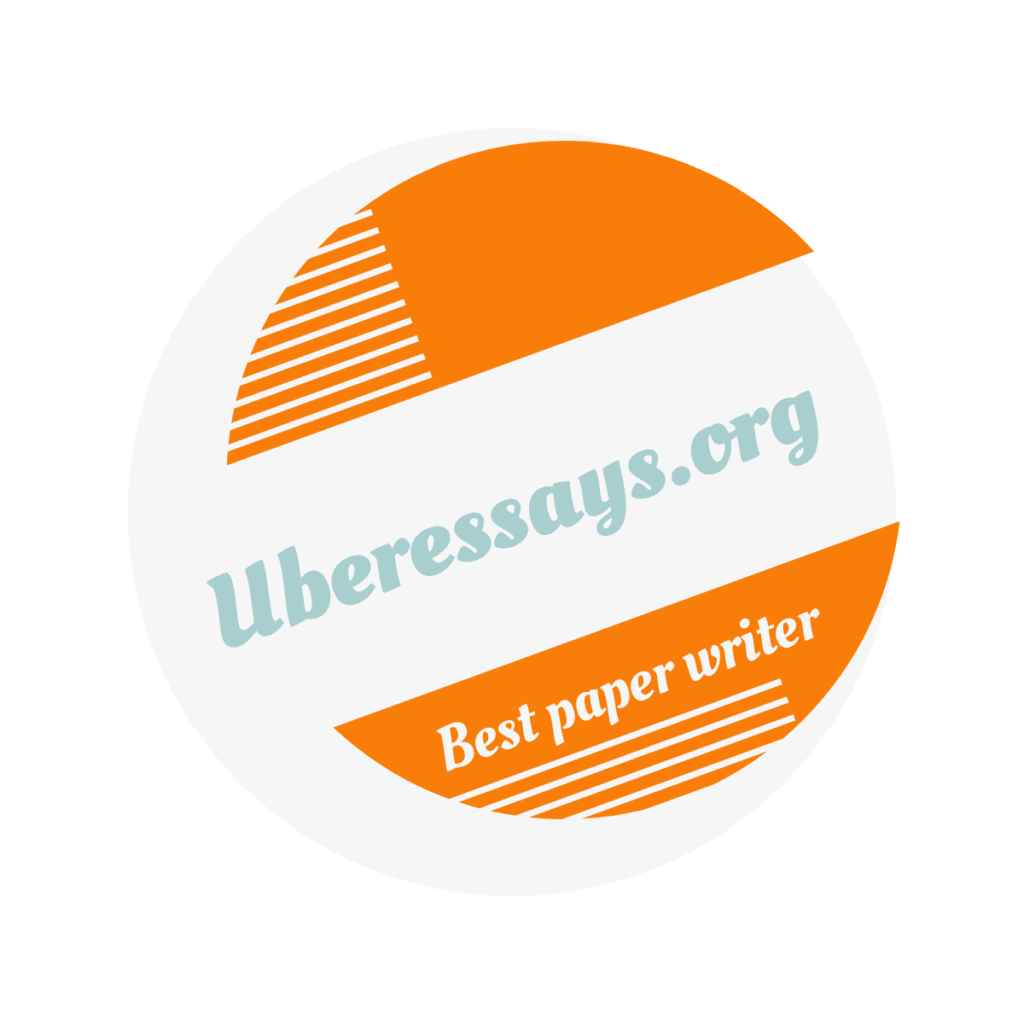

Part 1: Summarize your learning in case studies
1. J. Wellington Wimpy (from unit 2, learning activity 2)
Compare 1 meal of Wimpy’s before his transformation (burger meal) to 1 meal of his after his transformation (sub meal). For each meal (before and after),
list the ingredients that were likely in his meal. Then compare the macromolecules available in each meal.
Explain how these macromolecules break down in the body for energy. Include diagrams in your descriiption. What are the major differences between the
two meals? Is the turkey sub a healthier meal when looking at the macromolecules available?
Provide some tips for Wimpy to make his meals even healthier.
2. Lactose intolerance (from unit 2, learning activity 4)
Explain to Carol what is happening in her body – what does it mean to be lactose intolerant? Explain this using biology terms and concepts learned in this unit.
Why does her doctor recommend that she eats yogurt?
3. Hydration and dehydration (from unit 2, learning activity 5)
Who was correct? Ellie’s father or mother? Explain the process of getting wrinkly skin and how you know they were correct. Is what happens to skin in an
ocean vs. a freshwater lake different or the same? Explain this using concepts and terms learned in this unit.
Part 2: Putting it all together
You will now put everything that you have learned in the three case studies together to present the cases. You may choose how you will present the cases.
You may write a report, write a series of short stories, create comics, create a slide deck, create a video, create infographics and visuals, etc. You may be as
creative as you like, just be sure to review the success criteria so that you include all the important concepts and requirements. For any diagrams needed you
may draw or use appropriate images you find on the internet. If using images from the internet, be sure that they are appropriate and serve the purpose to
explain the concept well. Sources of all images must be included.
When you are ready, submit your presentation of all three cases. You should include your rough notes on the case studies as well.
Submission instructions:
When you are ready, submit your assessment for feedback and a grade by selecting the “Assignments” link and following the submission directions.
Case Study #1: J. Wellington Wimpy
Explain using words and diagrams the structure of carbohydrates
Demonstrate understanding of monomers and polymers in carbohydrates
Explain using words and diagrams the structure of proteins
Demonstrate understanding of monomers and polymers in protein
Compare primary, secondary, tertiary and quaternary structures of protein
Explain using words and diagrams the structure of fats
Compare and identify condensation (dehydration) and hydrolysis reactions
Describe the functions of carbohydrates, proteins and fats in cells and organisms
Identify some functional groups found in carbohydrates, proteins and fats
Case Study #2: Lactose Intolerance
Explain how enzymes work to speed up reactions
Explain the induced fit model of how enzymes work
Describe how enzymes are regulated (activated and inhibited)
Case Study #3: Hydration and Dehydration
Explain how osmosis works including the concept of concentration gradient
Compare passive and active transport
Describe the fluid-mosaic model of the cell membrane and how it results in a semi-permeable membrane (and what that means)
For all three case studies
Demonstrate initiating and planning skills and strategies with appropriateness (planning and organizing presentation of case studies)
Demonstrate use of processing skills and strategies with relevance (to take scientific content and make it flow into relevant information for case studies)
Demonstrate use of critical/creative thinking processes, skills and strategies with flexibility (to take knowledge of content and assess and evaluate real life
situations)Demonstrate expression and organization of ideas and information with logic (across the presentation)
Demonstrate use of conventions, vocab, terminology with fluency in presentation
Demonstrate application of knowledge and skills in familiar contexts with flexibility (taking information from learning activities and applying to similar
situations within case studies)
Draw conclusions based on inquiry results and research findings, and justify their conclusions with reference to scientific knowledge
